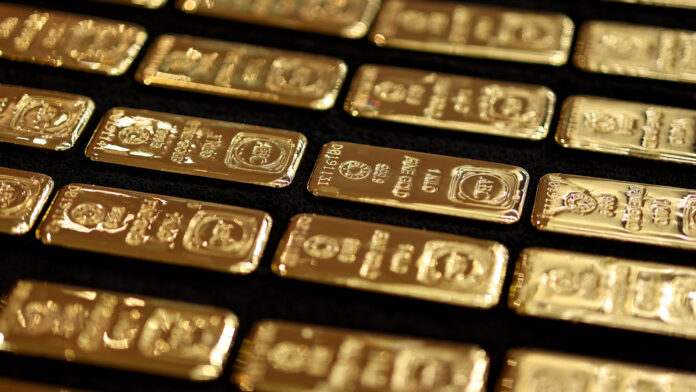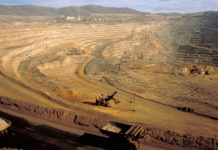
INVESTOR demand for gold is expected to accelerate even further this year after a surge in the first quarter, the World Gold Council (WGC) said in its latest Gold Demand Trends report for the first quarter of this year.
Demand for gold ETFs in the first quarter was 226.5 tons, helping to raise total investment demand by 170% compared with the same quarter a year ago, it said. The volume of central bank buying, at 243.7 tons, was within the quarterly range evident over the past three years. Total gold demand, including investment, rose 1% year-on-year in the first quarter to 1,206 tons.
Strong demand for gold drove the average LBMA afternoon bullion price in the first quarter up by 38% to $2,860/oz compared to a year ago. This week spot gold was trading around $3,315/oz.
The WGC expects investment will be sustained in 2025, due to the perceived risks of stagflation in the short term and recession in the medium term, high correlations between equities and bonds, which undermines the hedging potential of bonds, rising US government deficits and persistent geopolitical tensions.
The WGC said jewellery demand is expected to weaken because of high prices, and although demand from the technology sector will slow due to waning global growth, AI-related demand will sustain it.
Bar and coin buying will be resilient rather than strong as the incentive of hedging geopolitical risk will be offset by sensitivity to higher prices. The council expects central banks to maintain gold buying close to the levels seen in the last three years, as risks related to global tariffs remain elevated and central banks are seeking to diversify beyond US assets.
Gold supply from mines is expected to remain strong, the WGC said, and unprecedented cash generation will enable gold miners to advance development plans.
Recycling supply declined in the first quarter, probably as consumers expect to sell later at even higher prices.










